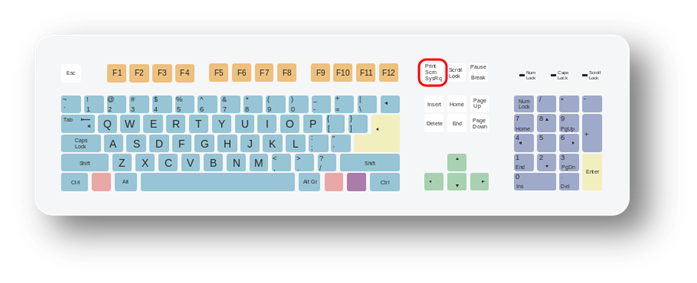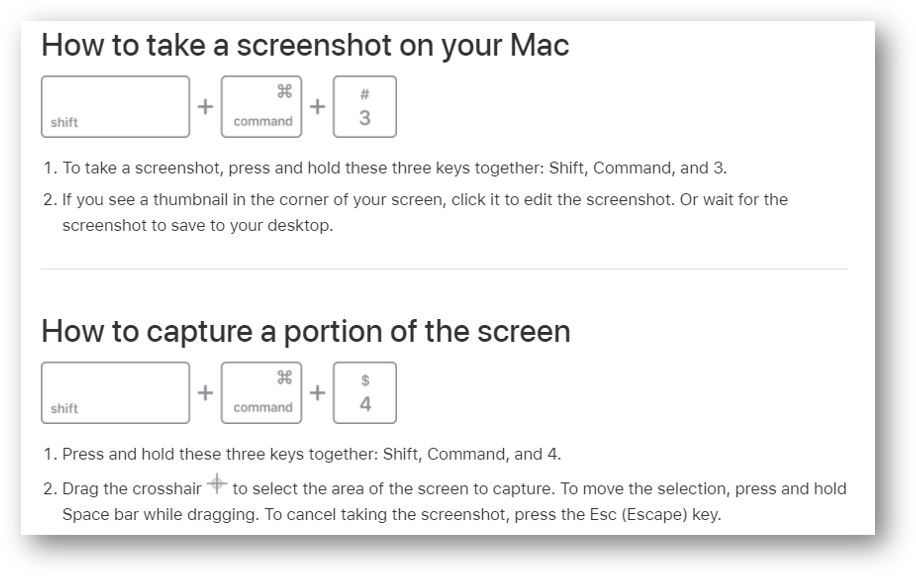
Tools for Information Literacy
Client-server computing
Client-server computing - the basis of much of what we will be doing
We want to be sure we grasp the relationship of clients to servers,
and have a shared vocabulary of terms.
Client-server computing
... is the interaction between two programs when they communicate across a network. A program at one site sends a request to a program at another site and awaits a response.
The requesting program is the client.
Assuming we are using our laptops as a client, we might want to know how laptops work.
The program satisfying the request is the server.
For example, SILS has a number of servers, for a number of purposes (as of 24 Jan 2024).
| Internet Protocol (IP) Address | Name | specific function |
|---|---|---|
| 152.2.64.37 | chip.unc.edu | |
| 10.4.80.7 | db1.ils.unc.edu | course |
| 10.4.80.5 | db2.ils.unc.edu | course |
| 152.2.11.71 | diamond.ils.unc.edu | Lifetime Library |
| 152.2.11.77 | jade.ils.unc.edu | web server |
| 152.2.11.70 | opal.ils.unc.edu | courses, student projects |
| 18.214.196.156 | pcad.ils.unc.edu | research |
| 152.2.11.74 | ruby.ils.unc.edu | web, DB server |
| 152.2.11.81 | sils-jasrv.ad.unc.edu | research |
| 152.2.11.78 | sils-pelican.ad.unc.edu | print server, admin tools |
| 152.2.64.37 | techpolicy.unc.edu | |
| 54.160.244.144 | topaz.ils.unc.edu | research |
| 34.206.160.36 | video.ils.unc.edu | research |
Assuming we want to retrieve something from a server over the web, we might want to know how web servers work.
client-server interaction is the basis of distributed computing
baseline understandings about the tools we will be using
How PCs work and microprocessors
Advice on how to deal with problems as they come up
Basic Computer Security from ITS
Terminology
Mac vs. Windows: Which Is Right for You?
It's good to be cognizant of the relationship of memory to storage, and the specific meaning of each term.
For example, what is RAM? (in more detail)
What are operating systems?
We are familiar with Windows and Apple on our clients, but
Linux
and
Android
are starting to become challengers.
Wikipedia lists lots and lots of operating systems.
What does open source mean?
Learn how to use the screen capture tool

If you want to capture the entire screen, press the Print Screen button and an image of the screen will be saved to your clipboard.

If you want to capture the active window, press the ALT button + the Print Screen button and an image of the active window screen will be saved to your clipboard.
If you want to capture a part of the screen, and you use Windows 10 or 11, press “Windows + Shift + S”. Your screen will appear grayed out and your mouse cursor will change. Click and drag on your screen to select the part of your screen you want to capture. A screenshot of the screen region you selected will be copied to your clipboard. You can paste it in any application by selecting Edit > Paste or pressing Ctrl + V, just as you'd paste a full-screen shortcut taken with the Print Screen key.

If you use a Mac, there are several keyboard combinations that can be used to take screenshots in Mac OS X

Mac users
The lecturer will use a Windows OS laptop most of the time. On occasion, the interface in Windows will not match the interface in a Mac. While we will try to have examples for all operating systems, it will be useful if, when you find that the Mac view is different, that you take a screenshot of the Mac environment and send it to the instructor. The instructor will ensure that the Mac screenshot is integrated into the class pages pertaining to the situation in which the screenshot was taken.